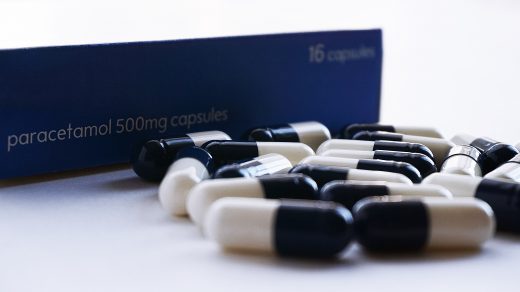Menu
In today’s globally interconnected and digitized world, there are many challenges to successfully managing and tracking a pharmaceutical supply chain. However, with the right know-how, it is possible. With the ever-increasing need to ensure patient safety and security while reducing costs, the pharmaceutical industry has become more serialized than ever. Serialization is the process of assigning a sequential identification number or serially numbered label to each item in a supply chain so that it can be tracked from origin to destination. For example, if prescription drugs are taken from one vial and added to another vial for storage purposes at different suppliers before being sold again at different distributors who resell them again before they get sold for final time by various pharmacies as medical products, then you have an ideal example of a serialized supply chain. But how do you know if your pharmaceutical supply is serialized? Read on for our tips on how to track and trace your pharmaceutical serialization.
What is Serialization?
Serialization is the practice of assigning a specific identification number to each unit of a product in a supply chain to enable traceability for the entire chain and its units. It is a supply chain management technique that assigns a sequential number to each item in a supply chain, enabling traceability of the entire chain. Serialization can be used to trace both physical and intangible assets such as pharmaceuticals. Serialization can be used to create a secure supply chain by providing traceability and accountability. A traceability system can be used to track the movement of assets through a supply chain, thereby providing evidence of the chain’s integrity. A traceability system can also be leveraged to bill or invoice customers and/or insurers.
When to use serialization in a supply chain
Serialization is only required when assets travel between multiple locations within a supply chain. For example, if you have a manufacturer who creates pharmaceutical-grade drugs and then a distributor who sells the same drugs on to pharmacies for customers, then there is no need to serialize your supply chain from the manufacturer to the distributor. However, if the distributor then takes the drugs from them (or from you, as a customer), then you should add a serialization number for the transaction.
Importance of serialization in supply chain
Serialization is the single most important aspect of a supply chain. It improves chain security, traceability, accountability, and cost savings by enabling a chain to be “tracked” from its point of origin to its point of consumption or use. Traceability and accountability are increasingly important operations in today’s complex, global economy. A traceability system can help ensure that a shipment of goods has not been tampered with. A traceability system can also help ensure that goods are not deliberately diverted to unauthorized destinations and that the rightful owner receives their goods. Finally, traceability provides evidence of the chain’s integrity, which can be used to satisfy regulatory and legal requirements.
Benefits of Serialization
– Stronger chain security – A traceability system provides evidence of a chain’s integrity, which can be used to satisfy regulatory and legal requirements. The traceability system also provides stronger chain security, as it enables auditing of assets throughout the chain, thereby reducing the likelihood of theft. – Reduced risk of fraud – A traceability system also helps reduce the risk of fraud by helping to identify when goods are being diverted to unauthorized destinations and by ensuring that the rightful owner receives their goods. – More efficient asset management – A traceability system enables better asset management, as it provides a single location to identify the status of assets throughout the chain. This reduces the likelihood of errors in accounting and decision-making. – Reduced cost of operations – A traceability system also helps reduce operational costs, as it enables chains to operate more efficiently. For example, you can use a traceability system to determine when products need to be rerouted or re-balanced.
How to achieve Serialization in your supply chain?
With the right know-how and tools, it is possible to achieve serialization in your supply chain. Finding your way through the various stages of your supply chain will be easier with a traceability system. – Identify assets – The first step to serialization is to identify all relevant assets in your chain. This could include physical assets such as pharmaceutical products, or intangibles like customer relationships. Identify all assets in your chain, whether they are physical or intangible, and create an asset register of their status. – Create a traceability system – Next, you need to create a traceability system that enables you to identify the status of assets throughout your chain. There are several types of traceability system, including barcode tracking, RFID tracking, or a combination of both. – Track assets in your chain – Once you have a traceability system in place, you can start tracking assets in your chain. This might entail scanning a barcode, placing an RFID tag, or manually entering data. – Report on performance – Once assets are tracked in your supply chain, you will have a better understanding of the performance of each asset in your chain. Use the data to make adjustments where necessary, such as rerouting vehicles where necessary.
6 Tips on Pharma Serialization: How to Track and Trace Your Pharmaceutical Supply Chain
– Track your assets – A critical part of managing a serialized supply chain is to track all assets in the chain. This could involve scanning a barcode or placing an RFID tag on each asset in the chain. – Manage your inventory – Inventory is another important part of managing your supply chain. Inventory management is critical in a serialized supply chain, as you want to maintain a certain level of inventory to ensure quick turnarounds. – Audit your supply chain – Finally, you should make sure to audit your supply chain at least once a year to check that everything is running smoothly.



